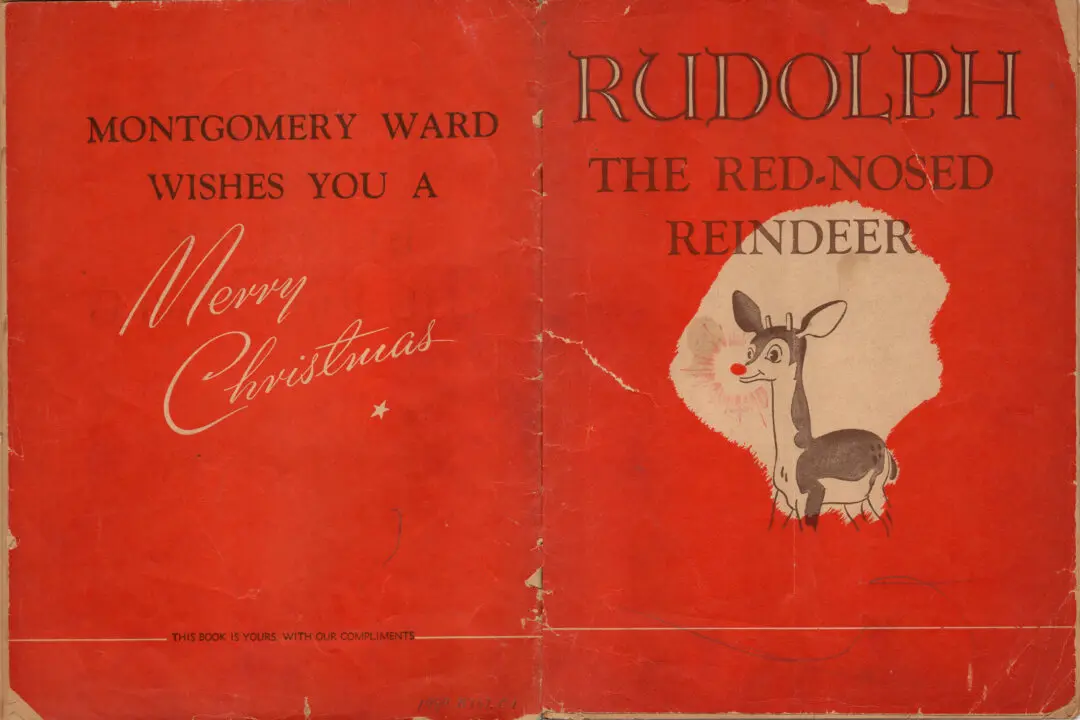Stripped of its furniture and accouterments, the house in which I recently spent five days would be unremarkable, a typical home from 20 or 30 years ago.
On the second floor are two bedrooms, a shared bath, and a small attic. On the first floor are a kitchen, a laundry room, a dining room, a living room, two parlors—one might easily serve as a bedroom—a master bedroom with an attached bath, and another bathroom at the end of a hallway. The unfinished basement offers parking for two cars and an abundance of room for storage.






